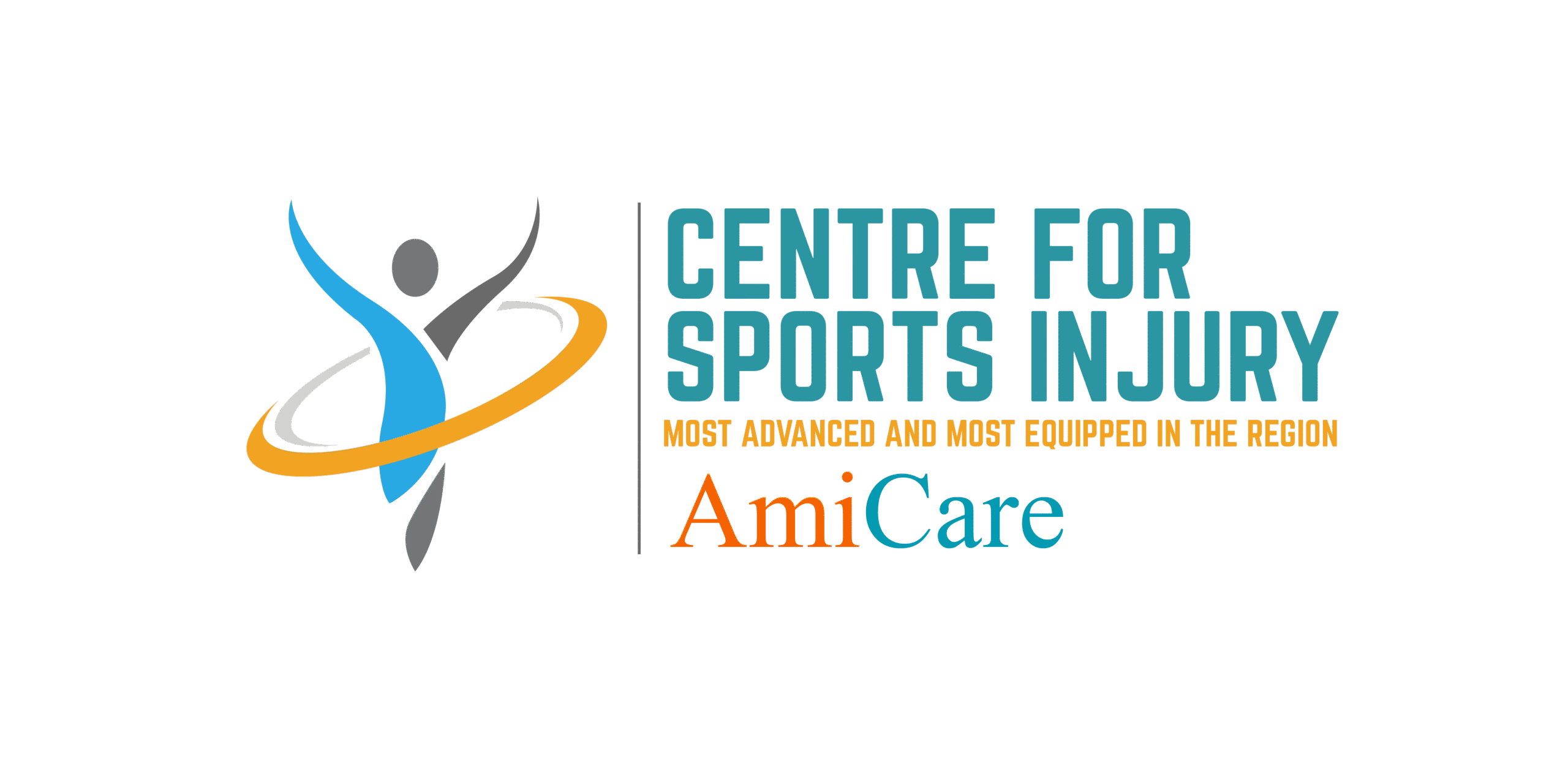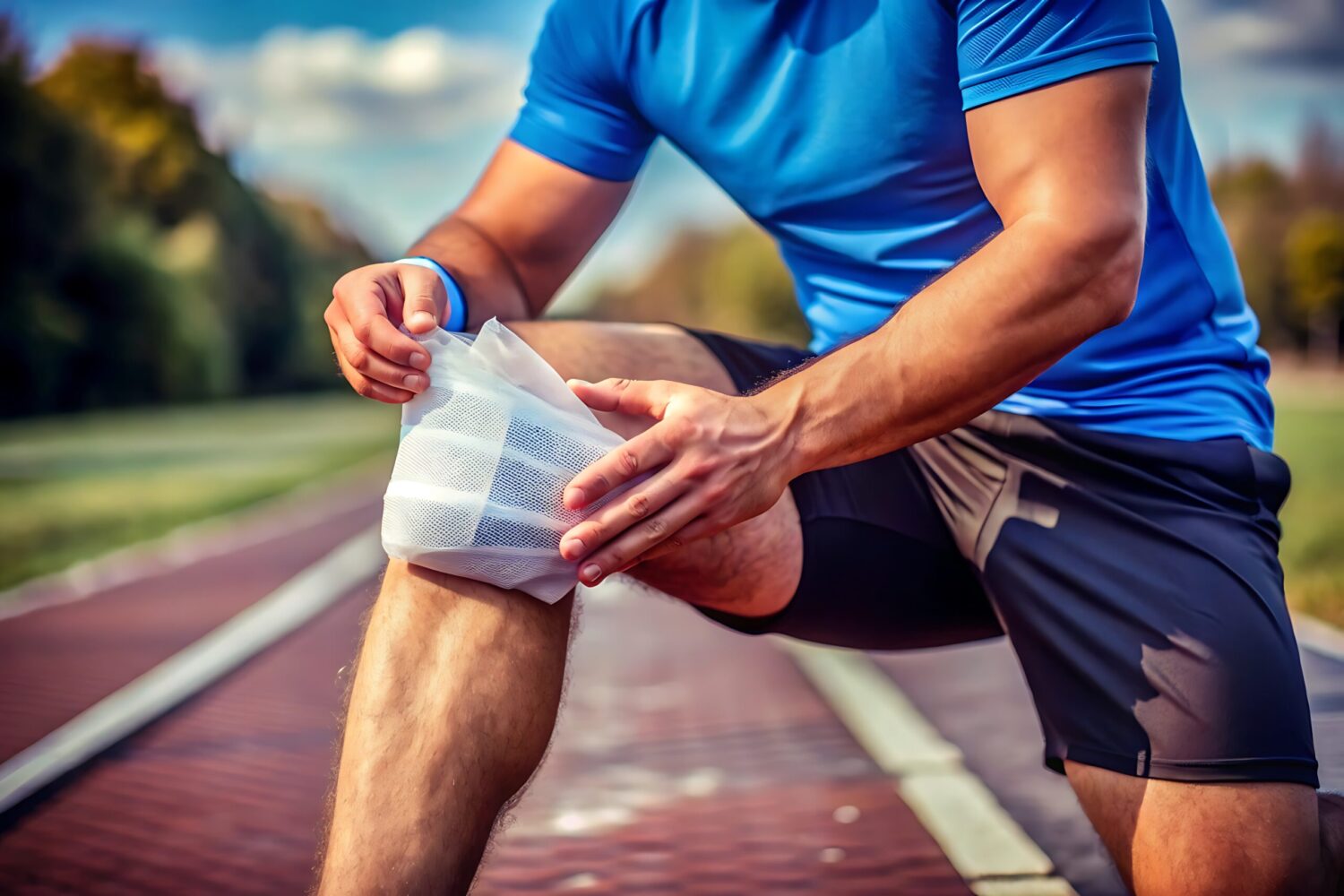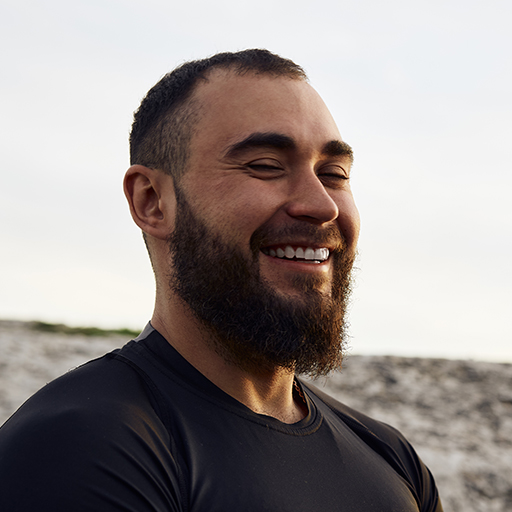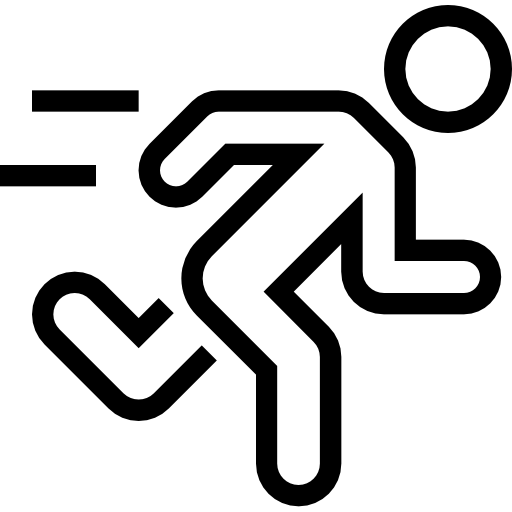Meniscus Tear Treatment
Best Sports Injury Centre for Meniscus Tear Treatment in Ghaziabad
A meniscus tear can make sports or daily activities painful for athletes and active individuals. At
Amicare Hospital, our meniscus tear treatment in Ghaziabad restores knee function, helping
cricketers, footballers, and fitness enthusiasts return to their passions. Led by Dr. Himanshu
Gupta, an orthopedic surgeon with over 10 years of experience and training in Germany,
Singapore, and Japan, our team has performed over 1000 knee surgeries. Using minimally
invasive arthroscopic surgery, we provide custom knee injury treatment to support your
recovery.
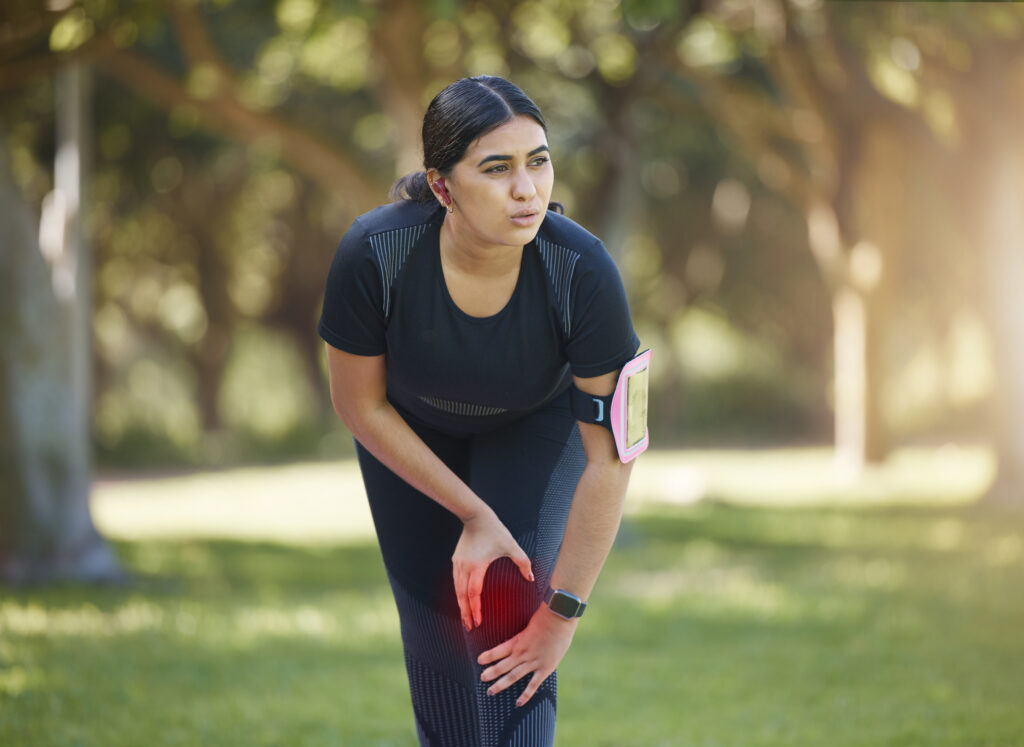
What is a Meniscus Tear?
The meniscus is a C-shaped cartilage in your knee that pads and stabilizes the joint during
movements like running, turning, or jumping. A tear occurs when this cartilage is damaged,
often during sports or accidents. According to the American Academy of Orthopaedic Surgeons,
over 500,000 meniscus tears occur annually, with athletes in sports like cricket, football, and
basketball at higher risk due to dynamic movements. Meniscus injuries are common among
young athletes and weekend warriors.
Types of Meniscus Tears
- Medial Meniscus Tear: Affects the inner knee, often from twisting in sports like badminton or tennis.
- Lateral Meniscus Tear: Affects the outer knee, typically from sudden twists during football.
- Bucket Handle Tear: A big tear that makes the meniscus bend, causing the knee to get stuck, common in high-impact sports.
- Flap Tear: A loose piece of tissue in the knee that makes it feel stuck or catch, often noticed when running.
- Radial Tear: A tear starting at the knee’s edge and moving inward, more common in older people due to aging tissue.
- Degenerative Tear: Worn-out tissue in the knee, often seen in older adults from repeated activities like squatting or climbing stairs.
Each tear type requires specific meniscus tear treatment, which Amicare customizes to your lifestyle, whether you’re an athlete or an active professional.
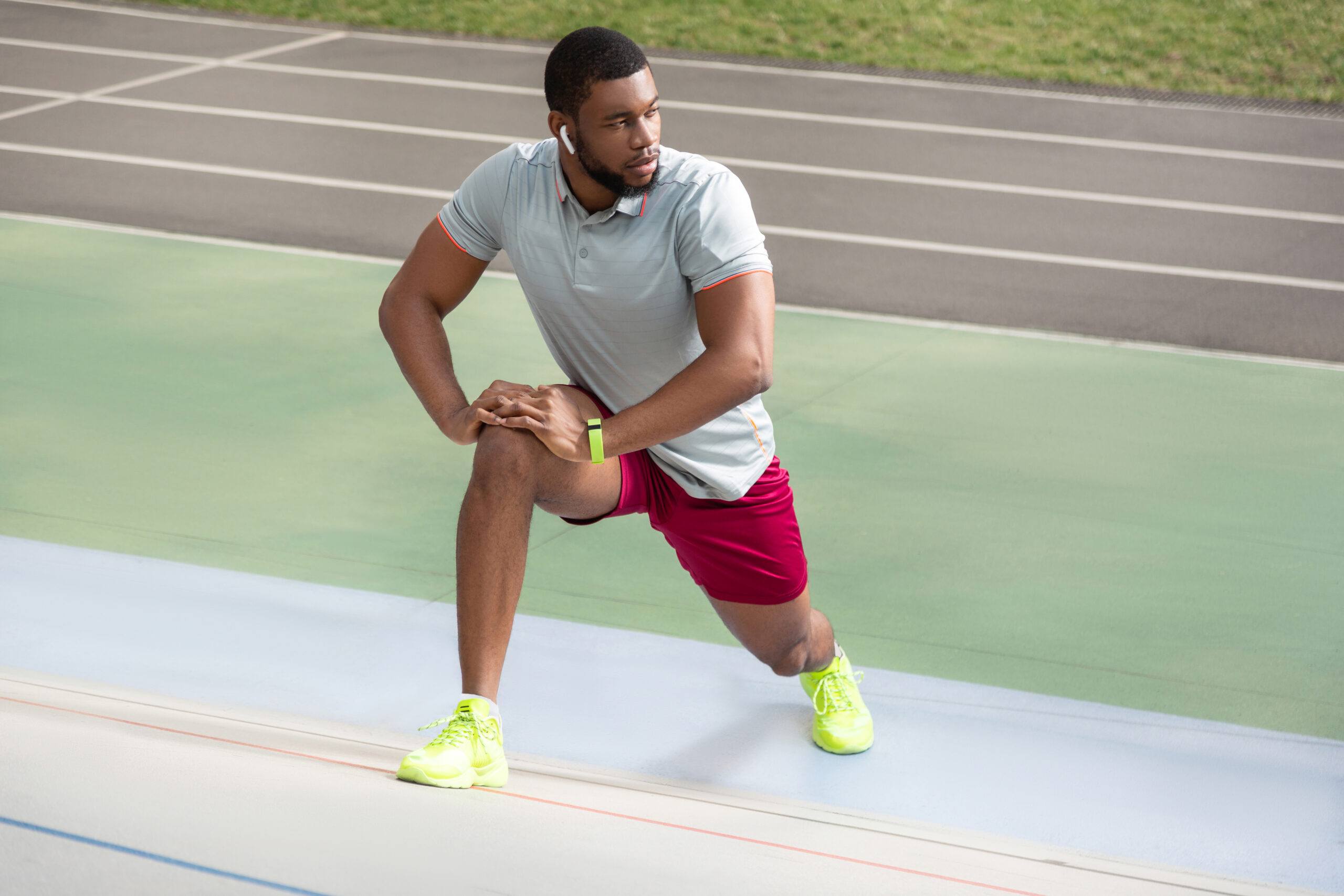
Notice the Signs Before It’s Serious
Know the signs of a meniscus tear before it worsens.

Sudden Knee Pain or Swelling
Sharp pain or swelling develops shortly after twisting or heavy pressure on the knee.

Popping or Clicking Sensation
You might feel or hear a “pop” when the injury happens, followed by stiffness or reduced motion.

Locking or Limited Movement
Your knee may lock, catch, or feel stuck when trying to move or straighten it.

Diagnosis of Meniscus Tear Treatment
At Amicare, we use advanced tools to confirm meniscus injury symptoms and develop a custom meniscus tear treatment. Dr. Himanshu Gupta, with over 1000 knee surgeries, leads our diagnostic process, which includes:
- Medical History Review: Assessing your activity level (e.g., sports like cricket or football) and injury details.
- Physical Exams: Tests like the McMurray test (to detect clicking) or Apley’s grind test to assess meniscus damage.
- Imaging: MRI scans to identify tear type (e.g., bucket handle, radial) and extent, plus X-rays to rule out fractures.
- Functional Assessment: Evaluating knee stability and range of motion to customise treatment for athletes or active individuals.

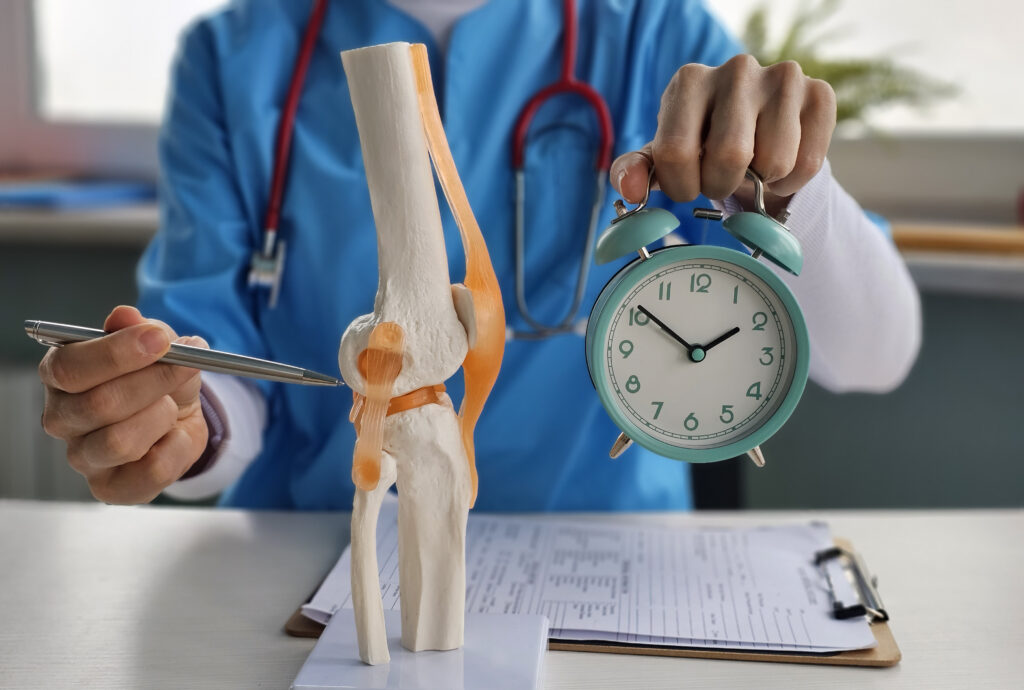
Risks of Delaying Treatment
Ignoring a meniscus tear can lead to serious complications:
- Chronic Knee Pain: Ongoing discomfort affecting sports or daily tasks like climbing stairs
- Knee Instability: Increased risk of falls, especially for athletes in local leagues.
- Secondary Damage: Injury to cartilage, ligaments (e.g., ACL), or menisci, leading to complex repairs.
- Early Osteoarthritis: Cartilage wear causes long-term mobility issues, particularly in active adults.
Quick knee injury treatment at Amicare prevents these risks, ensuring athletes and active individuals to regain full knee function.
Meniscus Tear Treatment Options
Amicare offers comprehensive meniscus tear treatment, including surgical and non-surgical options customized to your injury and goals. Dr. Gupta designs custom plans to help you return to sports or daily activities.
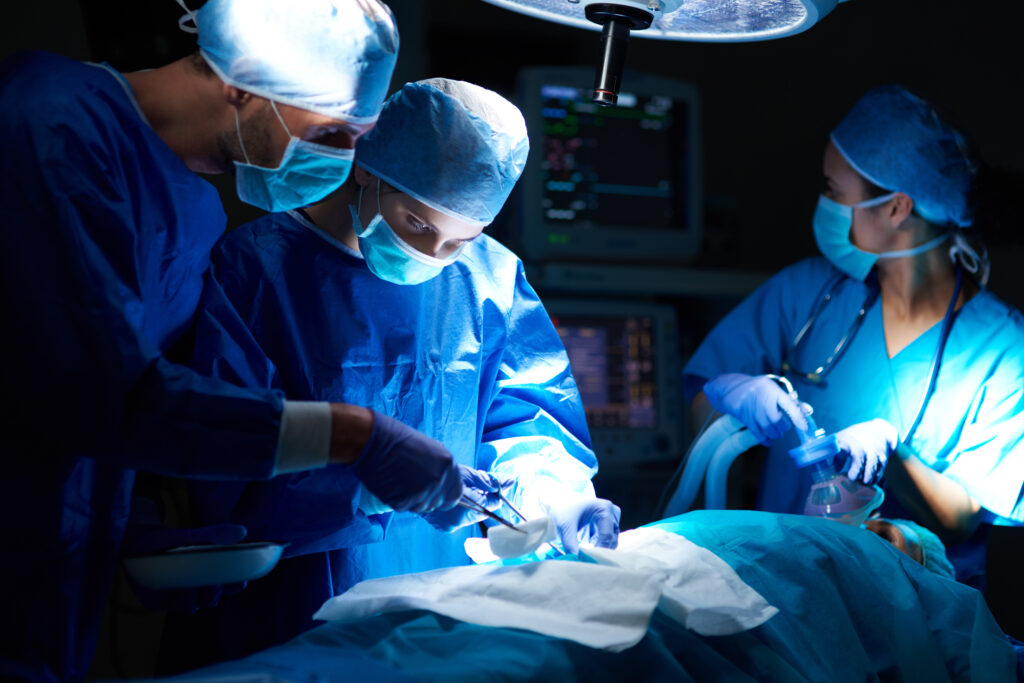
Surgical Treatment
- Meniscectomy: Takes out the damaged part of the meniscus to ease pain and help your knee work better. Great for tears that can’t be fixed.
- Meniscus Repair: Stitches the torn meniscus to keep the tissue healthy, ideal for younger athletes with tears in areas that can heal well.
- How It Works: Uses tiny cuts and a small camera to guide the surgery, leaving small scars and speeding up recovery. The surgery lasts about 1–2 hours, and you’ll be asleep or numbed.
- Results: 95% of Amicare patients get back to sports in 6–9 months (Amicare data, 2018–2024).
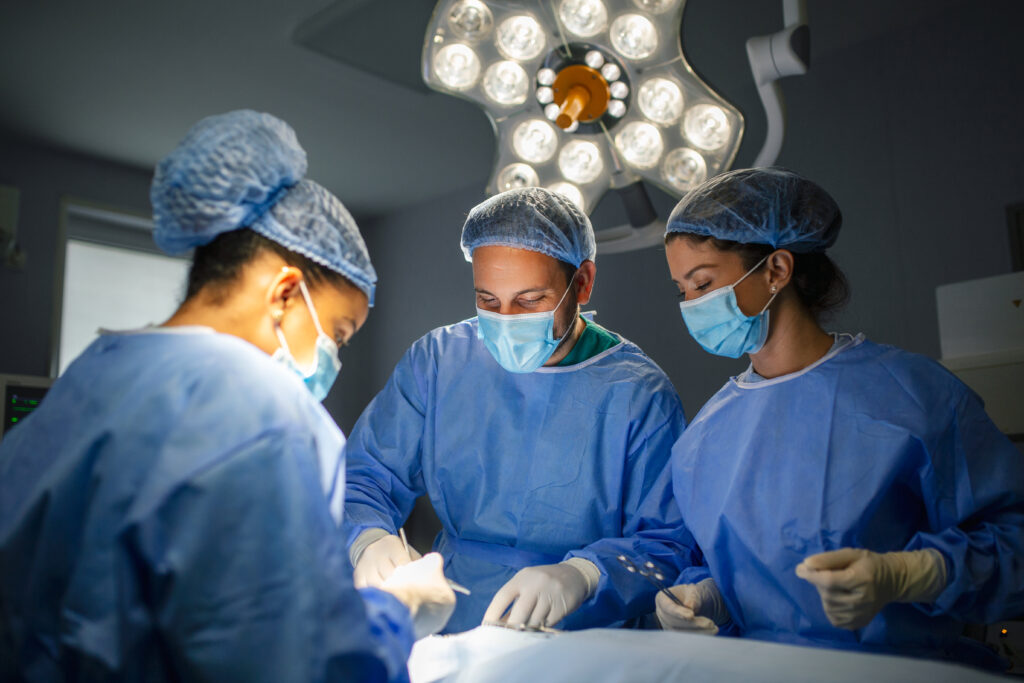
Non-Surgical Treatment
- Physical Therapy: Simple exercises to make your thigh, back-of-leg, and calf muscles stronger, helping your knee stay steady.
- PRP Therapy: Special shots using your own blood to help the knee tissue heal, often paired with physical therapy.
- Bracing: Personalized knee braces to support your knee during light activities or while healing.
- Rest and Ice: Resting and using ice packs to reduce swelling and pain, great for small tears.
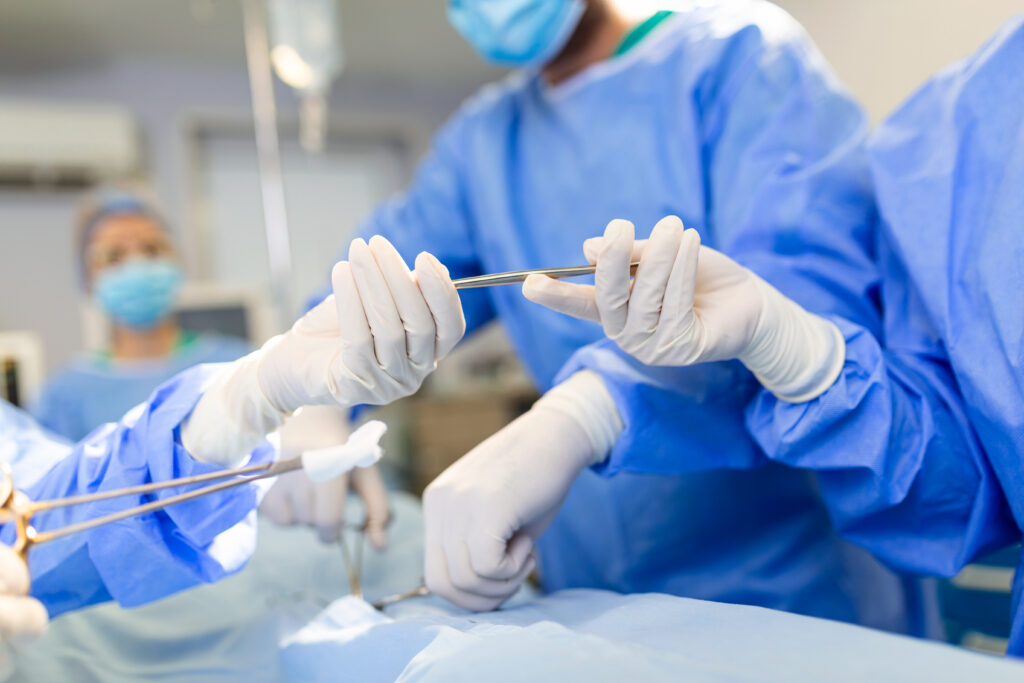
Advanced Technology at Amicare
- Robotic Surgery: Uses robots to make meniscus repair or tissue placement more accurate, speeding up recovery by about 20% (Amicare data).
- 3D Imaging: Creates detailed 3D pictures to plan surgery for tricky tears, helping get the best results.
- Rehab Tools: Special equipment, like machines to strengthen specific muscles, customized for athletes.
What Causes Meniscus Tears?
Meniscus tears result from:
- Sports Activities: Twisting, jumping, or sudden stops in cricket, football, or basketball are common among athletes.
- Accidents: Falls, direct knee impacts, or car crashes.
- Overuse: Repeated stress from running, squatting, or prolonged kneeling, especially in fitness enthusiasts.
- Aging: Degenerative tears in adults over 40 due to cartilage wear, often seen in corporate workers with active lifestyles.
Why Choose Meniscus Tear Surgery vs. Other Options
Schedule a consultation with Dr. Himanshu Gupta at [+91 96505 10275] to find the best meniscus tear treatment for you.
| Treatment Option | How It Works | Ideal Candidates | Recovery Time | Key Benefits | Limitations |
|---|---|---|---|---|---|
| Arthroscopic Meniscectomy | Takes out the damaged part of the meniscus using tiny cuts. | Athletes with big tears; people wanting fast pain relief. | 4–8 weeks | Quick recovery; eases pain; 95% get back to sports. | Takes out tissue, which may cause wear over time. |
| Meniscus Repair | Stitches the torn meniscus to keep the tissue healthy. | Young athletes with tears that can be fixed in areas that heal well. | 3–6 months | Keeps your knee healthy; great for lasting strength. | Takes longer to heal; not all tears can be fixed. |
| Physical Therapy | Simple exercises to make the knee muscles stronger. | Small tears; less active people. | 2–4 months | No surgery needed; it makes muscles stronger. | It may not fully steady the knee for sports. |
| PRP Therapy | Special shots to help the knee tissue heal. | Small tears; used with physical therapy. | 1–3 months | No surgery is needed; a quick return to activities is possible. | It may not work well for big tears. |
| Bracing | Holds up the knee during activities. | People needing short-term help, those avoiding surgery. | Varies | No surgery needed; instant knee support. | Not good for intense sports. |
Recovery After Meniscus Tear Treatment
Recovery time for meniscus tear treatment varies based on treatment type and activity level.
At Amicare, this treatment is led by Dr. Gupta, who helps athletes and active individuals regain
strength and confidence.
Detailed Recovery Phases
Weeks 1–2: Rest, use ice packs, wrap the knee, and keep it raised (RICE method) to ease swelling. People who have had surgery might use crutches to avoid putting weight on the knee.
Weeks 3–6: Start light walking and easy exercises to help your knee move better, along with physical therapy. You might wear a brace for extra support.
Months 2–3: Do exercises like leg presses or small squats to make your knee stronger and steadier.
Months 4–6: Practice sport-specific moves, like side-to-side steps for football or turning for cricket, to get ready to play again.
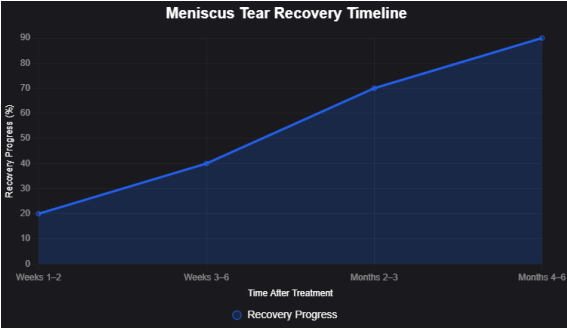
Why Athletes Trust Our Sports Injury Centre
Amicare Hospital is trusted by 750+ athletes across Delhi NCR for expert ACL reconstruction and sports injury care. With advanced facilities and a 98% success rate under the guidance of Dr. Himanshu Gupta, we help you return stronger, faster.

Cost of Meniscus Tear Treatment
Meniscus tear treatment costs vary based on tear type, treatment method, and hospital stay; Numed offers affordable, personalized treatment estimates.
The cost of meniscus tear treatment depends on several factors:
- Treatment Type: Keyhole meniscectomy (takes about 4–8 weeks to recover) usually costs less than meniscus repair 6 Months
- Surgery Method: Regular keyhole surgery or high-tech robotic surgery for better accuracy.
- Hospital Stay: Most people who have surgery stay 1–2 days for check-ups after the operation.

Injury Prevention Tips for Athletes
To prevent sports injuries, warm up with dynamic stretches, build muscle strength through targeted exercises, and practice proper techniques for jumping, landing, and changing direction.
Preventing meniscus tears is critical for athletes in a vibrant sports community, from cricket leagues to football clubs. Dr. Gupta shares practical tips:
- Warm-ups: Dynamic stretches 10–15 mins
- Technique: Safe landing & turning
- Footwear: Supportive shoes with traction
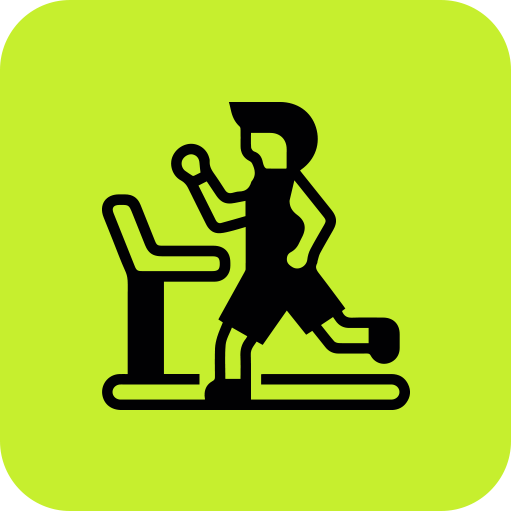
SAMPLE EXERCISE
Strengthen knees with hamstring curls, single-leg balance, and controlled plyometric jumps for agility.
Hamstring Curls: 3 sets of 12 reps to strengthen back-of-thigh muscles, reducing knee strain.
Single-Leg Balance: Stand on one leg for 30 seconds to improve stability, ideal for badminton players.
Plyometrics: : Controlled box jumps (3 sets of 10) to enhance agility for footballers and cricketers.

Cost of Meniscus Tear Treatment
Meniscus tear treatment costs vary based on tear type, treatment method, and hospital stay; Numed offers affordable, personalized treatment estimates.
The cost of meniscus tear treatment depends on several factors:
- Treatment Type: Keyhole meniscectomy (takes about 4–8 weeks to recover) usually costs less than meniscus repair (takes about 3–6 months).
- Surgery Method: Regular keyhole surgery or high-tech robotic surgery for better accuracy.
- Hospital Stay: Most people who have surgery stay 1–2 days for check-ups after the operation.

Injury Prevention Tips for Athletes
To prevent sports injuries, warm up with dynamic stretches, build muscle strength through targeted exercises, and practice proper techniques for jumping, landing, and changing direction.
Preventing meniscus tears is critical for athletes in a vibrant sports community, from cricket leagues to football clubs. Dr. Gupta shares practical tips:
- Warm-ups: Dynamic stretches 10–15 mins
- Technique: Safe landing & turning
- Footwear: Supportive shoes with traction

Sample Exercises
Strengthen knees with hamstring curls, single-leg balance, and controlled plyometric jumps for agility.
Hamstring Curls: 3 sets of 12 reps to strengthen back-of-thigh muscles, reducing knee strain.
Single-Leg Balance: Stand on one leg for 30 seconds to improve stability, ideal for badminton players.
Plyometrics: : Controlled box jumps (3 sets of 10) to enhance agility for footballers and cricketers.
Frequently Asked Question
Symptoms include knee pain, swelling, a “pop” sound, locking, or difficulty bending the knee.
Amicare’s diagnostics confirm meniscus injury symptoms accurately.
Meniscus tear recovery time ranges from 4–8 weeks for meniscectomy to 3–6 months for
meniscus repair, depending on the tear type and treatment.
Arthroscopic surgery is minimally invasive, using small incisions. Amicare’s methods reduce
risks and shorten meniscus tear healing time.
Possible risks include infection (less than 1%), knee stiffness, or another tear. Amicare’s clean
methods and personalized exercise plans help keep these risks low.
Yes, 95% of Amicare patients resume sports within 6–9 months after meniscus tear treatment,
especially with meniscus repair.
Amicare’s advanced facilities, like robotic systems, and Dr. Gupta’s 1000+ surgeries, ensure reliable knee injury treatment.
Preparation includes pre-surgery exercises, health checks, and a consultation with Dr. Gupta to
understand the procedure and recovery expectations.
